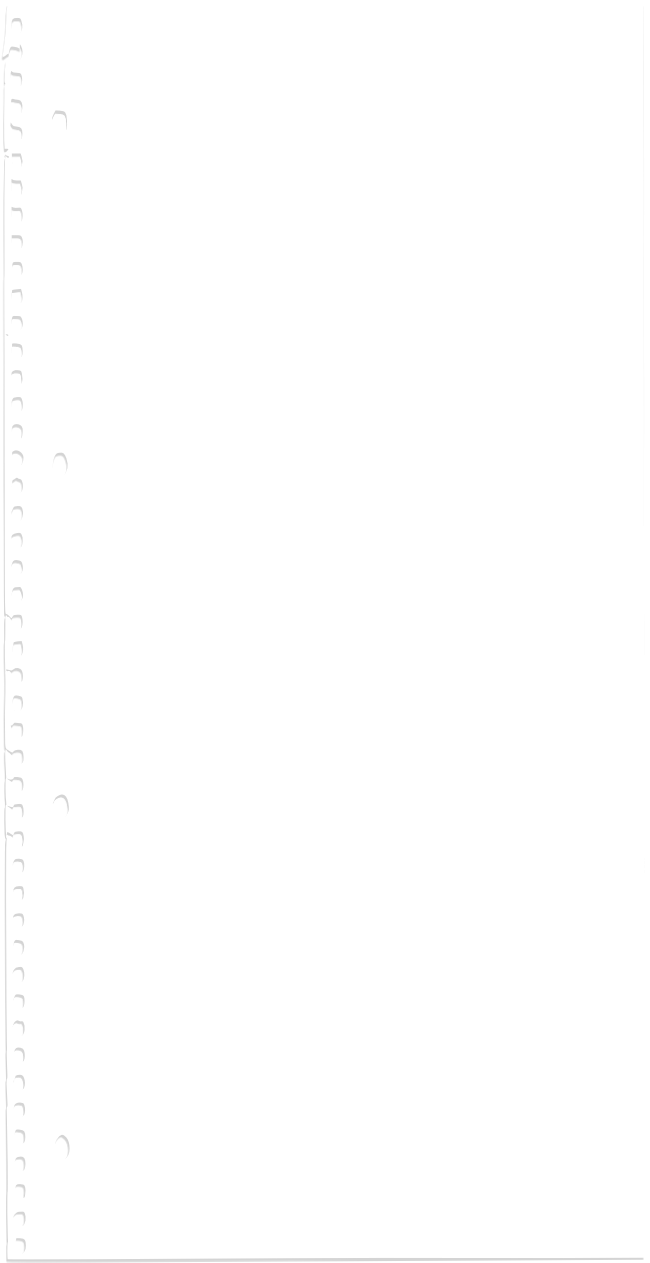

21st September 1964 |
Radio London opens its advertising office in London |
|
19th November 1964 |
The former US Navy minesweeper Galaxy dropped anchor within sight of the Shivering Sands Fort (home of Radio City) and started test broadcasts on 412m (725kHz) and later on 324m (926kHz ) using the call sign Radio London. |
|
5th December 1964 |
Test transmissions from a new position off Frinton on Sea, Essex started on 266m (1125kHz), 264m (1133 kHz) and 278m (1079 kHz) |
|
18th December 1964 |
Further test transmissions on 266m (1125kHz), 264m (1133 kHz) and 278m (1079 kHz) |
|
23rd December 1964 |
Regular transmissions for Radio London start at 6.00am on 266m (1125kHz) |


|
19th April 1965 |
The crew of Radio London played a significant part in the rescue of a USAF pilot who was forced to ditch in the North Sea. |


|
11th January 1966 |
In a Force 8 gale, the Radio London ship Galaxy began to drag her anchor and drift towards the shore. By the early hours of the following morning the Radio London crew had started the Galaxy's engines , preventing the ship drifting any further, however Radio London’s transmissions were suspended as the ship was now within British territorial waters. |
|
** March 1966 |
Plans announced for a sister station serving the north of England from an anchorage in the Irish Sea, using the call sign Radio Manchester. |
|
** April 1966 |
Radio London's Managing Director, Philip Birch, opened negotiations with Radio City's Reg Calvert proposing a take over of the fort- |
|
** May 1966 |
A deal was struck with Radio City for the ownership and management of UKGM.It was planned that UKGM would become fully operational on 1st July 1966. |
|
20th June 1966 |
Deal with Radio City terminated after that station’s owner, Reg Calvert, was shot dead. |
|
1st July 1966 |
British Government announce that legislation to outlaw offshore radio stations is be introduced |



















